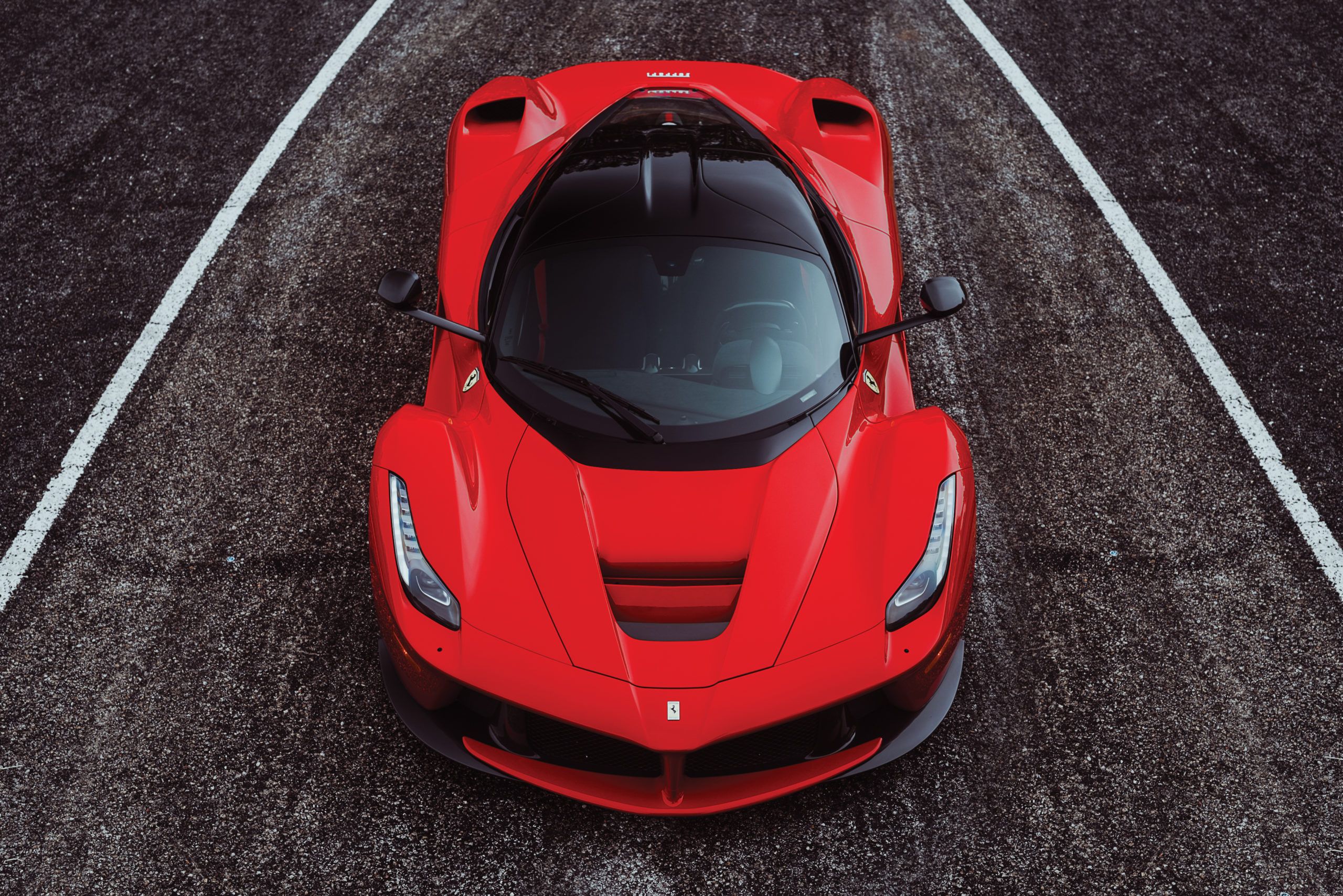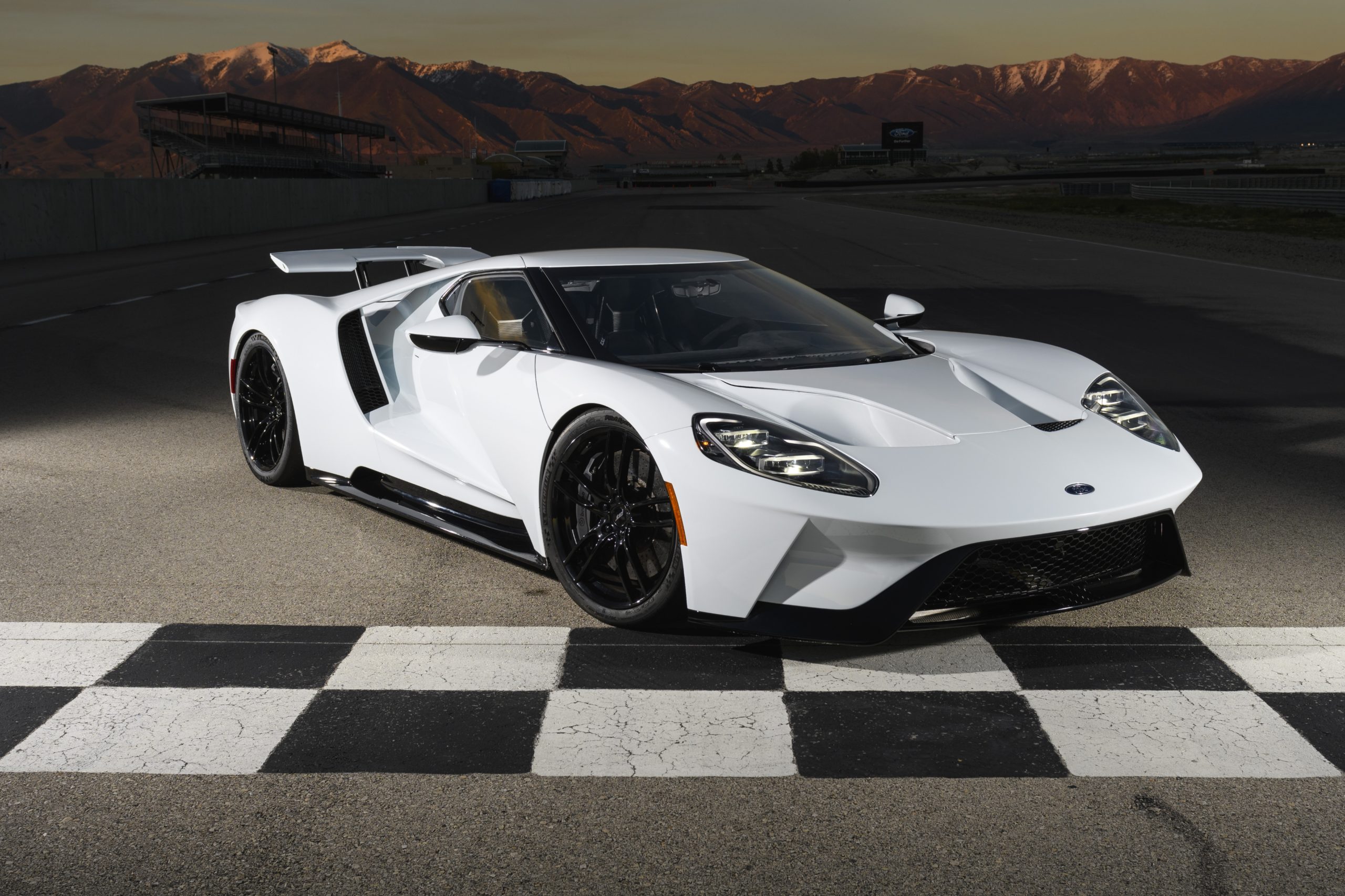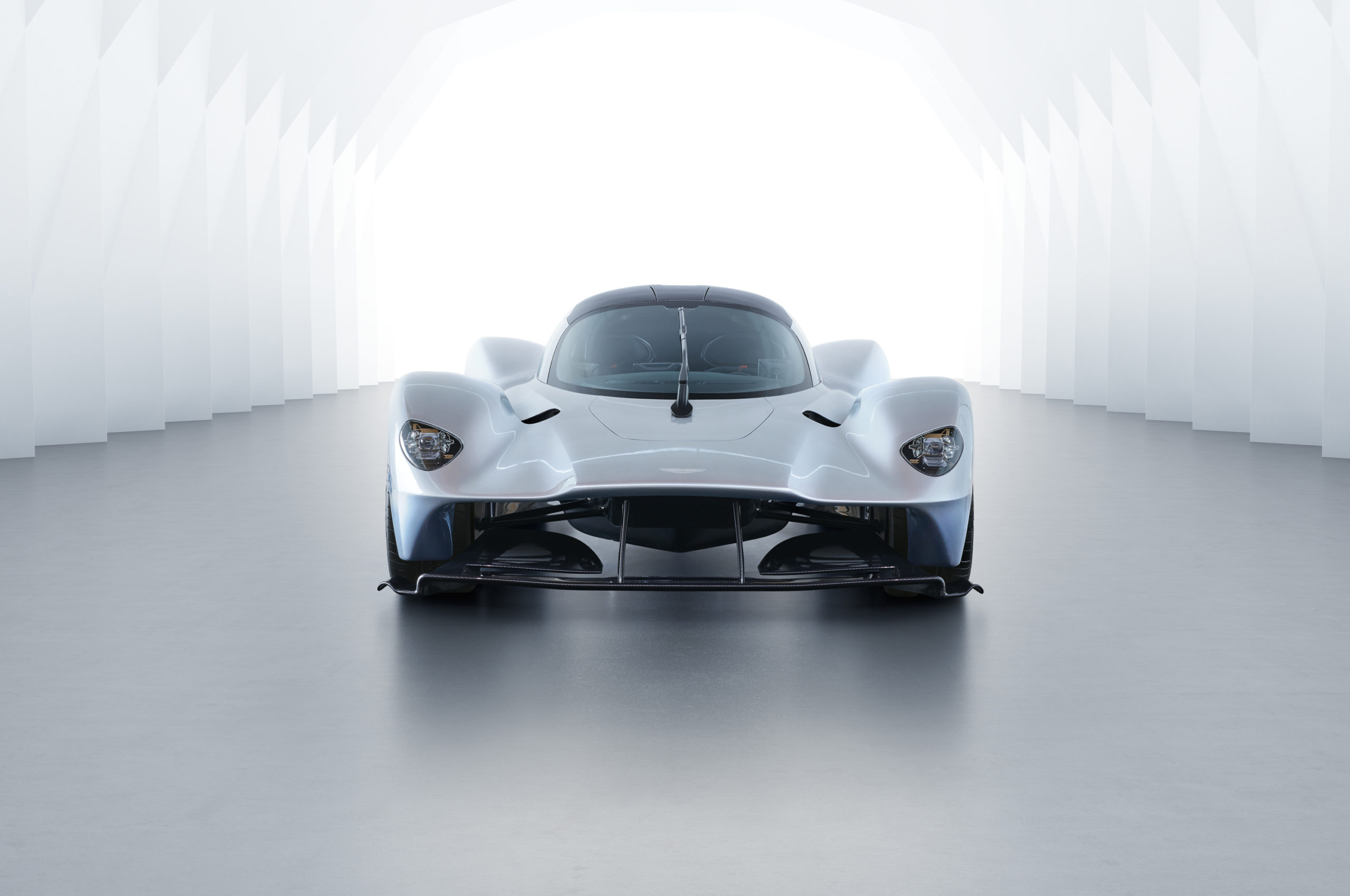SOS Marketingvirus: all round participation at the Geneva Motor Show in 2021!
Photo credit: Wheelsage
Will the shock of the banned event help manufacturers understand that wiping out the major events showcasing automobiles is bound to undermine the passion for cars? It’s not true that people are no longer interested in Motor Shows. It’s the Marketingvirus that has made manufacturers push up costs to insane heights. The public still wants to see the cars and dream about them. It’s as simple as that. So let’s cut the costs and all take part once more at the Motor Shows. With satisfaction all round.
Marketingvirus. This is the highly contagious sickness that is currently afflicting the motor industry, with dire results.
At this point we can only hope that Coronavirus, responsible for the cancelation of the 2020 edition of the Geneva Motor Show, actually urges manufacturers to take a serious critical look at where they’re heading.
The facts speak for themselves: at the outset the Motor Shows were wonderful opportunities for encounter, with the cars themselves taking center stage. Each brand had a space of its own, a desk for information, maybe a few easy chairs or a sofa for guests. The entire focus was exclusively directed on the automobiles, though the lovely, smiling girls posing for the photographers did not go unnoticed.
Enter the showcase concept of the stand, and from this the development of the special event with stunning effects: huge screens, multi-level stands, entire halls devoted to a single brand, like in Frankfurt. To add to which sumptuous catering became a must, along with endless press conferences.
The financial experts of the companies’ first aid stations soon sought to stem the Marketingvirus incubation period, insisting on analyses of the costs/benefits ratio. And the Motor Shows began to waver and decline. Their demise was just round the corner. Even established events such as those of Paris, Frankfurt and Detroit were in intensive care, with little hope of survival without the right medication. Difficult to imagine an effective vaccine for counteracting such a widespread disorder.
The problem is that it’s not the death of the Motor Shows that’s most worrying. The truly dire situation regards the demise of the passion for cars. And the extraordinary thing is that the cause of this decline can be attributed to those entrusted with the task of nurturing enthusiasm for the products of the motor industry by reconciling tradition and innovation within a balanced financial and promotional scenario.
Born in 1905, from the outset the Geneva Motor Show has played an important role in the worldwide automobile universe. The venue is in neutral territory, because there are no manufacturers in Switzerland itself, and Geneva is a pleasant city that is easy to reach. The event, housed in a magnificent structure free of impediments between one hall and the next, takes place early in the year, so it naturally heralds new models and trends. But above all, it is soaked in history: there are few really special, legendary cars that were not first presented in Geneva.
So could it be that Coronavirus actually helps oust Marketingvirus? Following the Show’s last-minute cancellation, will the experts actually realize what a terrible void has been created? Of course they’re all well aware of how much the ultra-lavish editions of recent years cost, not least in terms of investments that weighed heavily on company finances, even once the show was over. The solution, or rather the cure (we’ve all had enough of the word ‘virus’), is to return to the simple, friendly, relaxing Motor Shows of once upon a time, events that are closer to the Concours d’Elegance. A 75% reduction in the outlay would be ideal, with more emphasis on the cars, and plenty of smiling participation on the part of enthusiasts and professionals alike. And if the marketing specialists dismiss this with contempt, they should look out for their own jobs: like the Motor Shows themselves, desk jobs can also be axed.
1932 Alfa Romeo 8C 2300
8C like the number of cylinders, 2300 the displacement, a magnificent symbol of the pre-war Alfa exalted by the winning streak that started with the Mille Miglia and Targa Florio.

1949 Porsche 356
The first steps of a magnificent story. Developed on top of the mechanics of the “Beetle” it is summed up in this phrase by its designer Ferdinand Porsche: ” I couldn’t find the sports car of my dreams, so I built it myself.”

1961 Jaguar E-Type
It is said that Enzo Ferrari, after seeing it, called it: “the most beautiful car ever made”. If true, the sensual E-Type had reminded him of the magnificent D-Types that had troubled him so much at Le Mans.

1966 Lamborghini Miura
An authentic blow to the heart: designed in just four months by the young Marcello Gandini, at the time Bertone’s chief designer, and built on the refined mechanics of the engineer Dallara, the Lamborghini Miura is the first mid-engined rear-wheel-drive Gran Turismo.

1980 Audi Quattro
Born under the supervision of the genius Ferdinand Piëch, then technical director for Audi, it represents the origin of the DNA of the Ingolstadt manufacturer: it was the first large-scale production car equipped with four-wheel drive, a revolution at that time.

1989 Lancia Delta Integrale 16v
The Integrale 16v represents the first evolution of the Delta. Characterized by the prominent bonnet bulge to accommodate the 2-litre 16-valve it gave the manufacturer a unique nobility, now ruthlessly tarnished, with the longest winning streak in the World Rally Championship: Lancia won as many as 6 constructor’s titles from 1987 to 1992.

2001 BMW M3 E46
This is the last M3 equipped with the BMW 6-cylinder in-line engine, which up to that time had been the symbol of the Bavarian manufacturer, characterized by its unmistakable metallic sound. Today it is one of the new generation’s most coveted youngtimers.

2013 Ferrari LaFerrari
The first hybrid car from Maranello shows how well the experience from Formula 1 can be brought to the road: 963Bhp from the classic V12 equipped with the HY-KERS system that recovers energy when braking which can then be exploited, thanks to the two electric motors, while accelerating.

2015 Ford GT
The European debut of the Ford GT, inspired by the GT40 from the 60s came in 2015 in Geneva. Developed to mark Ford’s return to competitive racing at the 24 Hours of Le Mans, it achieved its objectives by imposing itself in what has become the most demanding class of the French race.

2019 Aston Martin Valkyrie
It is the street-legal soul made for Aston by the Red Bull technical genius, Adrian Newey. Characterized by extreme aerodynamics, it is powered by a V12 and is equipped with Kers that produces an impressive 1160Bhp. Its weight of just over 1,000kg contributes to the extraordinary 10” time to accelerate from 0 to 320Km/h.
